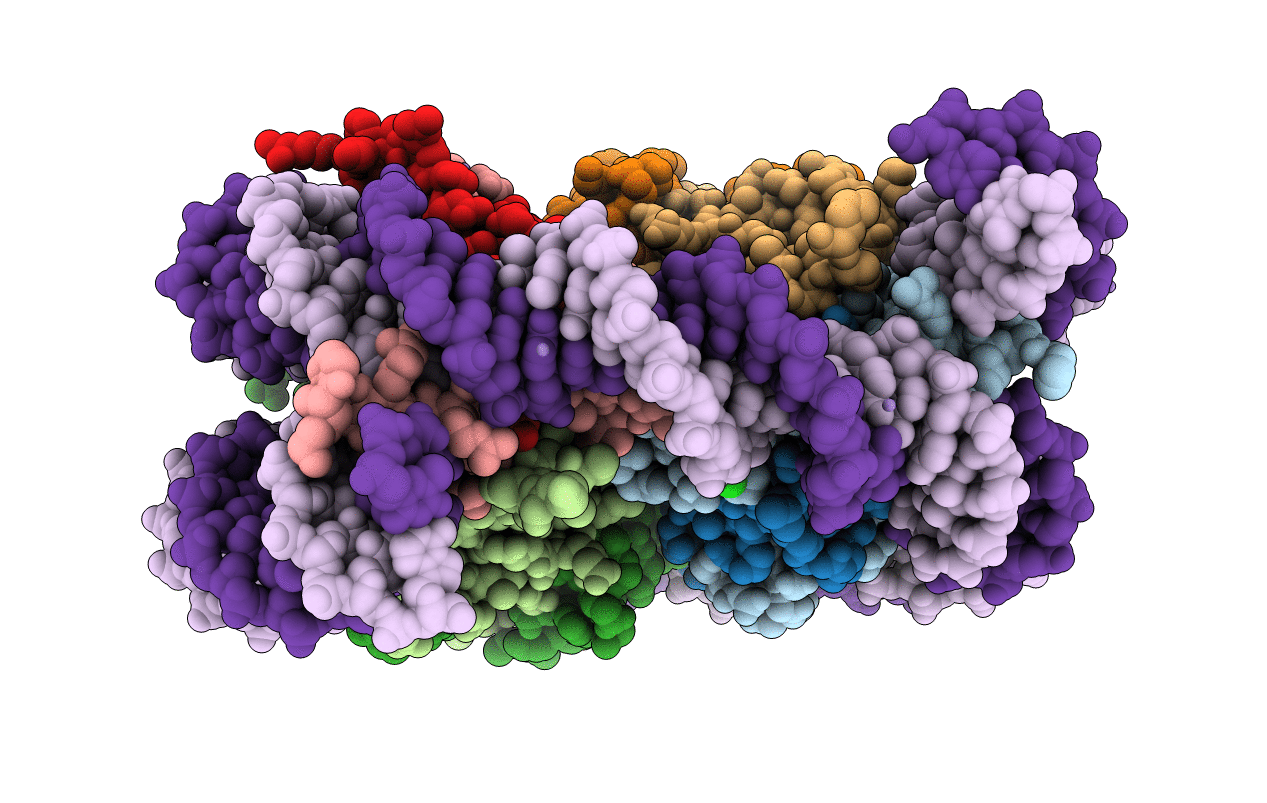
Deposition Date
2016-05-06
Release Date
2017-03-08
Last Version Date
2023-11-08
Entry Detail
PDB ID:
5JRG
Keywords:
Title:
Crystal structure of the nucleosome containing the DNA with tetrahydrofuran (THF)
Biological Source:
Source Organism:
Homo sapiens (Taxon ID: 9606)
Host Organism:
Method Details:
Experimental Method:
Resolution:
2.50 Å
R-Value Free:
0.24
R-Value Work:
0.19
R-Value Observed:
0.19
Space Group:
P 21 21 21


